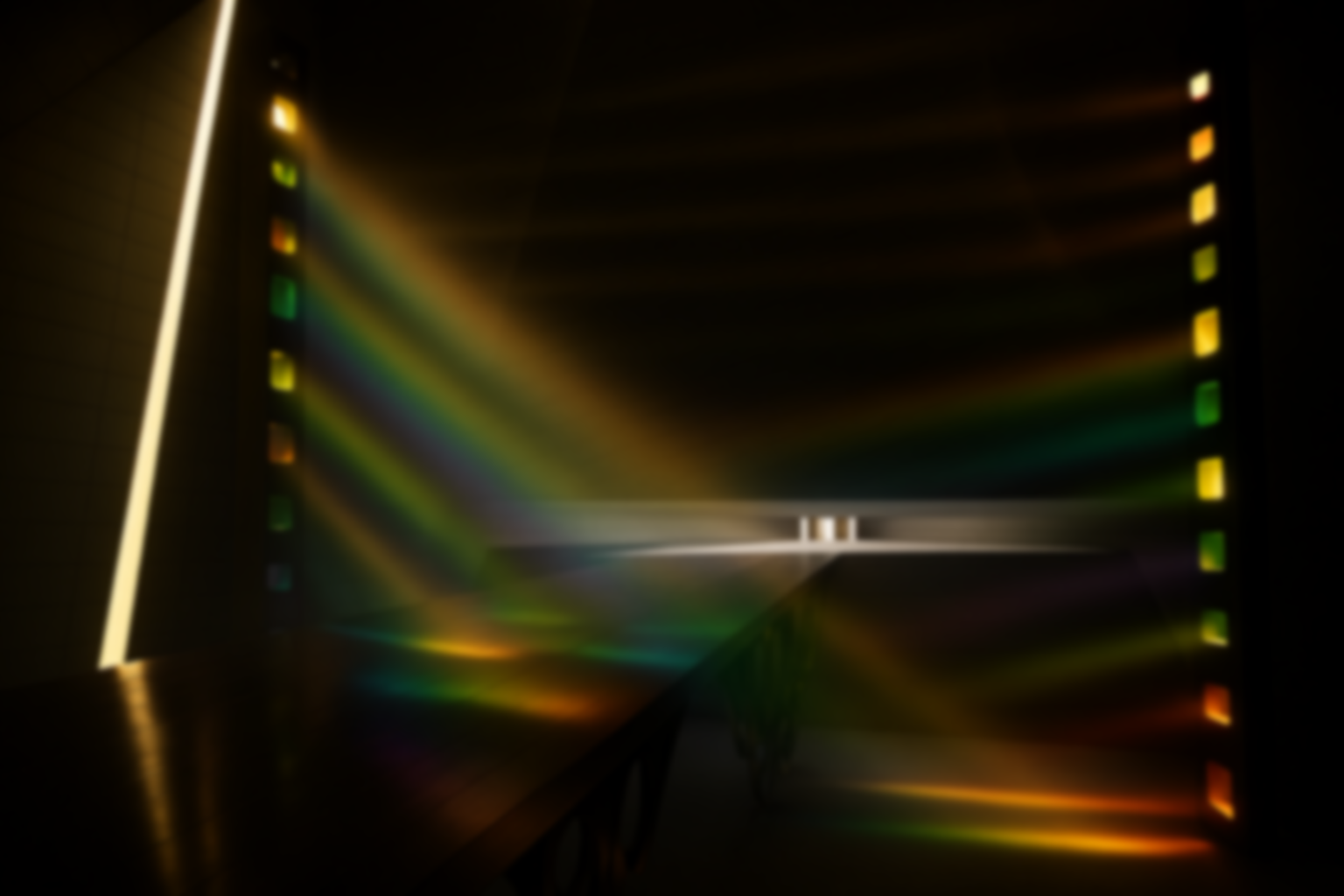Museum of Emotion
Museum of Emotion: Built to Be Felt, Not Understood
The Museum of Emotion is not meant to be seen. It is meant to be felt.
This is a space where light becomes the guide, and architecture becomes the message. No signs. No instructions. Only light and shadow directing your path, your emotion, and your inner state.
CONCEPT
Guided by Light, Not Signs
The building removes traditional navigation tools. Visitors are not told where to go they are drawn. The journey relies on our emotional instinct to seek light, shaping a deeply personal, subconscious experience.
As you step into the museum, you find yourself in a vast, dimly lit space where tall, monolithic columns shape the atmosphere. These structures divide the natural light into three distinct zones, one steeped in near darkness, evoking deep introspection; another bathed in a soft, uncertain glow; and a third illuminated by a bright, inviting light. Without direction or signage, visitors are instinctively drawn toward the brightest path, revealing how light more than logic—guides human emotion and movement.
You arrive at the main hall a vast, silent space that feels sacred. At its center stand two towering sculptural columns: one crystalline, shimmering as it reflects and refracts light, the other matte and grounded, absorbing and redirecting shadow. Together, they fracture the guiding beam into a full chromatic spectrum, casting waves of color across the room like an emotional sundial. These rays shift across surfaces, across time, and across you.
The architecture evokes two opposing emotional conditions simultaneously gathering, as visitors are drawn together in light, and solitude, as shadows create pockets of quiet disconnection. It becomes a space that both unites and separates. Each color projected through the space awakens a different emotional state joy, melancholy, reflection, calm transforming the building into a living instrument of feeling, one that responds not just to the arc of the sun, but to the emotions of those within it.
Above, a rippling water ceiling filters sunlight into soft, shifting patterns that dance across the floor. This ethereal layer of light creates a sensory moment of calm—a quiet pause after the emotional tension of the maze. The reflected waves do not just illuminate the space; they slow time, grounding the visitor in stillness before the next transformation begins.
In the end, what you carry out is not a memory of space, but a memory of feeling. The light fades, the walls recede, but the emotion lingers—clear, quiet, and entirely your own.












